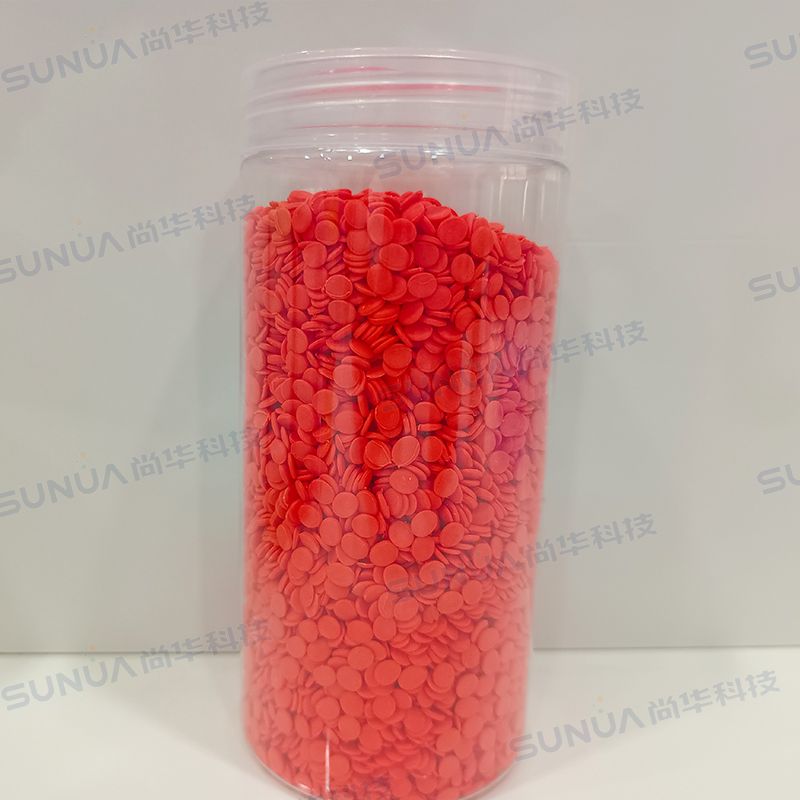What are Benefits of Light Steel Structures?
Light steel structures have revolutionized the construction industry with their flexibility, durability, and cost-efficiency. These structures are widely used in both commercial and residential projects due to their lightweight nature, ease of installation, and environmental benefits. In this article, we explore what light steel structures are, their advantages, applications, and why they are becoming the preferred choice for modern construction.
What is a Light Steel Structure?
A light steel structure refers to a building framework made from cold-formed steel components. Unlike traditional heavy steel structures, light steel structures use thinner, galvanized steel sections that are shaped through cold rolling processes. This produces components that are both lightweight and strong, making them ideal for use in buildings where speed, efficiency, and reduced environmental impact are key concerns.
These structures are commonly used for non-load-bearing walls, floors, roofs, and partitions, making them a popular choice for multi-story buildings, warehouses, offices, and even homes.

Key Benefits of Light Steel Structures
1. Lightweight Yet Strong
One of the most significant advantages of Light Gauge Steel is their strength-to-weight ratio. Despite being lighter than traditional steel or concrete, light steel is extremely strong and capable of withstanding high loads. This lightweight property reduces the overall weight of a building, which translates into lower foundation requirements and reduced construction costs.
Because of their reduced weight, transportation and handling of these materials are also more efficient, further saving time and money during the construction process.
2. Fast and Easy Construction
Light steel structures are known for their ease of assembly and quick construction timelines. The components are pre-fabricated and delivered to the construction site, where they can be assembled quickly with minimal labor. This reduces the amount of time needed to complete a project, making it an ideal solution for projects with tight deadlines.
Additionally, light steel framing systems are precise and modular, allowing for easy integration with other building materials like wood or concrete. This flexibility makes it possible to build complex designs with minimal effort.
3. High Durability and Resistance
Light steel is inherently resistant to corrosion, fire, and pests, which makes it highly durable. The steel sections are usually galvanized or coated to protect against rust, ensuring a long lifespan for the structure. This resistance to natural elements makes light steel structures especially suited for harsh environments where moisture, heat, or termites are concerns.
The fire resistance of light steel framing also adds an extra layer of safety in construction, as steel does not ignite or contribute to the spread of fire.
4. Energy Efficiency and Sustainability
One of the most attractive features of light steel structures is their energy efficiency. These structures allow for the inclusion of high levels of insulation, which helps in maintaining optimal indoor temperatures and reducing energy consumption. This leads to lower energy bills and a smaller carbon footprint.
Additionally, steel is one of the most recyclable materials available, making light steel structures an environmentally friendly option. The ability to recycle steel at the end of a building's life cycle contributes to reducing waste and conserving natural resources.
Additional resources:Key Questions to Ask When Choosing a Solar-Powered Garden Light
How Water Powered Pumps Revolutionize Sustainable Farming?
How Does Waterproof Outdoor Gear Cost Work?
Key Questions to Ask When Evaluating PE Coated Tarpaulin Durability
5. Design Flexibility and Adaptability
How Does Steel Wire Mesh Support Tunnels?
Maximize Strength with Single Bars Reinforcing Mesh Panel
Optimizing Construction with Tailored Reinforcing Mesh 2024
Light steel structures offer a high degree of design flexibility. Architects and engineers can design open spaces without internal columns, which allows for a greater variety of layouts and room configurations. This adaptability makes it easier to accommodate changes in design, whether during the construction process or years later as the building's needs evolve.
The precision of steel framing systems also ensures that every component fits perfectly, resulting in a seamless and aesthetically pleasing final product.
Applications of Light Steel Structures
Light steel structures are used in a wide range of construction projects due to their versatility. Some of the most common applications include:
1. Residential Buildings
Light steel structures are an excellent choice for residential housing, especially for multi-story homes and apartment buildings. Their ability to support modern architectural designs, combined with fast construction times, makes them ideal for urban development projects where space and time are limited.
2. Commercial and Industrial Buildings
Light steel structures are commonly used in the construction of warehouses, factories, and office buildings. Their ability to span large areas without the need for internal columns creates open spaces that are well-suited for storage or work environments. The lightweight nature also allows for quicker construction of large-scale projects.
3. Educational and Institutional Buildings
Schools, hospitals, and government buildings often use light steel structures due to their durability and cost-effectiveness. The quick construction time ensures that facilities can be built and operational in a shorter period, while the strength and flexibility of the steel ensure longevity and ease of future renovations.
4. Temporary or Modular Structures
The modularity and flexibility of light steel structures make them ideal for temporary constructions, such as event spaces, exhibition halls, or temporary housing. These structures can be easily assembled, disassembled, and relocated as needed, offering an economical solution for short-term needs.
5. Agricultural Buildings
Light steel structures are often used in agricultural buildings like barns, storage sheds, and greenhouses. Their strength and ability to withstand harsh weather conditions make them suitable for rural applications where durability and low maintenance are essential.
Conclusion
Light steel structures offer a modern, efficient, and environmentally friendly solution for construction. Their strength, durability, and design flexibility make them suitable for a wide range of applications, from residential buildings to commercial complexes. As construction continues to evolve towards faster, more sustainable methods, light steel framing is expected to play an increasingly important role in shaping the future of building design.
Additional resources:Why and How You Should Choose a Marble Fireplace?
A Comprehensive Guide to Different Types of Bristle Paint Brushes
What benefits does fire retardant mesh fabric provide?
Hotel conference table on the functional relationship and layout of the meeting room
How Does PE Coated Tarpaulin Enhance Durability?
Top Heavy Duty Pipe Supports for Sale in 2024
Pipe Brace Clamps vs. Traditional Clamps: Which Reigns Supreme?
- Previous: None
- Next: What is an Integrated House?



